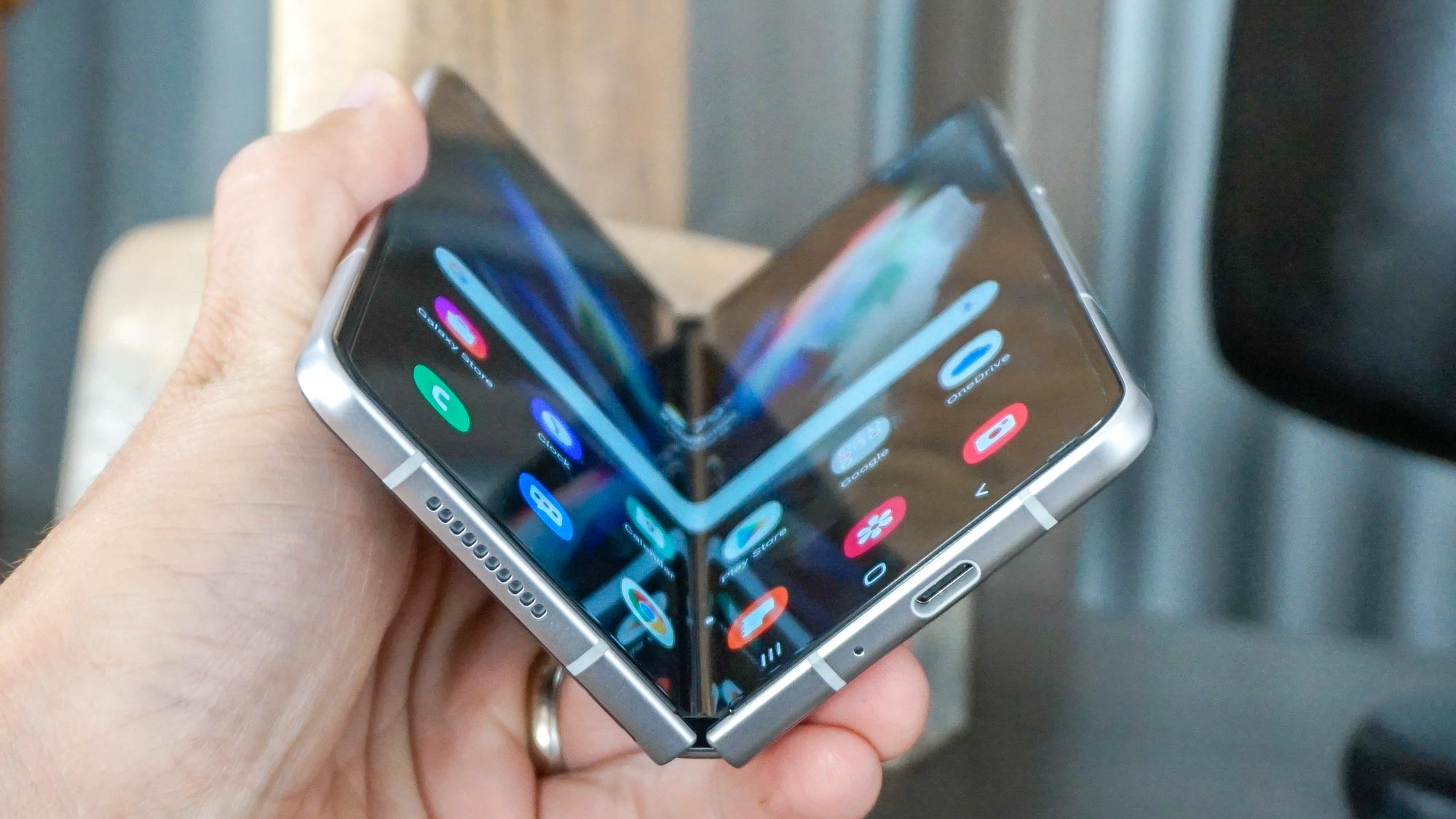
It's hard to remember the last time I was as excited for a phone as I am for the Samsung Galaxy Z Fold 3.
Maybe it was during the launch of the HTC HD2 back in 2009, a large Windows Mobile 6.5 device before Android had made a name for itself. Or maybe it was the Nokia Lumia 1020, a neon yellow Windows Phone from 2013 with a gargantuan 41MP camera on the back. Either way, it's been at least eight years since I've anticipated a phone with childlike imagination.
- Samsung Galaxy Z Fold 3 review
- These are the best foldable phones out right now
- Plus: Google Pixel Buds A coming to more countries, but why isn't the Pixel 5a?
And some of that has to do with the jadedness that comes with age. After college I had worked at a T-Mobile store and got to experience all the latest handsets. Even with the quirky gimmicks that LG would throw in the mix, like the curved display in the LG Flex 2, all phones started to feel very same-y. That was only exacerbated when I entered the tech journalism space and had even more access to the latest hardware.
But the Samsung Galaxy Z Fold 3 introduced this month presents a shift in what phones can be. The foldable nature of the device pushes it beyond what phones are now: power-efficient little computers that operate on touch over clicks. The Z Fold 3's delight comes in its ability to expand the screen into something with greater visibility and real estate. That completely changes how users interface with the device.
For example, using an iPhone 12, even the larger iPhone 12 Pro Max, is a compromise when compared to using a laptop or iPad. No matter the zippiness of one's thumbs, multi-tasking involves constantly switching between apps and reading content under squat and truncated conditions.
But the Galaxy Z Fold 3 lets you expand the screen at a moment's notice. And suddenly games that felt compact and cramped now have room to breath. Comics don't require the constant zooming in and zooming out. And while the aspect ratio isn't perfect, videos too will have more impact than on a larger more square 7.6-inch display.
I've never truly felt the need to own an iPad or Samsung Galaxy S Tab. I felt that between my Surface Pro 2017 and Samsung Galaxy S20 FE, I had more than enough screens to accomplish my tasks. In reality, I spend far more time on my phone than on my Surface, and giving it more functional potential will make my life easier.
Sign up to get the BEST of Tom's Guide direct to your inbox.
Get instant access to breaking news, the hottest reviews, great deals and helpful tips.
I am curious as to what the Galaxy Z Fold 3 would be like as a laptop replacement. When working an event, could I conceivably bring a Z Fold 3 along with a Bluetooth keyboard and mouse and publish articles on a sub 8-inch display? Yes, it would be a more tiresome experience when compared to a full laptop, but I enjoy that there's now a possibility.
Because before, there wasn't at all a chance. The Galaxy Z Fold 3 changes all that.
Imad is currently Senior Google and Internet Culture reporter for CNET, but until recently was News Editor at Tom's Guide. Hailing from Texas, Imad started his journalism career in 2013 and has amassed bylines with the New York Times, the Washington Post, ESPN, Wired and Men's Health Magazine, among others. Outside of work, you can find him sitting blankly in front of a Word document trying desperately to write the first pages of a new book.
-
ScottyMcFlyfly No doubt, the Fold 3 is a unique and interesting device, but I'm more pumped for the Surface Duo 2.Reply
One of the big drawbacks to mobile is the single screen/single task limitations.
While having a bigger screen makes for a better user experience, I think having two separate screens offers an interesting user experience.
I used the Duo 1 for a few days. While I'd have to agree with most reviewers that it needs some serious hardware and software refinement, it was still a really fun and intriguing device. Being able to hold a WhatsApp conversation while scrolling the Internet, watching a video or chatting on teams, without having to move between apps, is a game changer.

